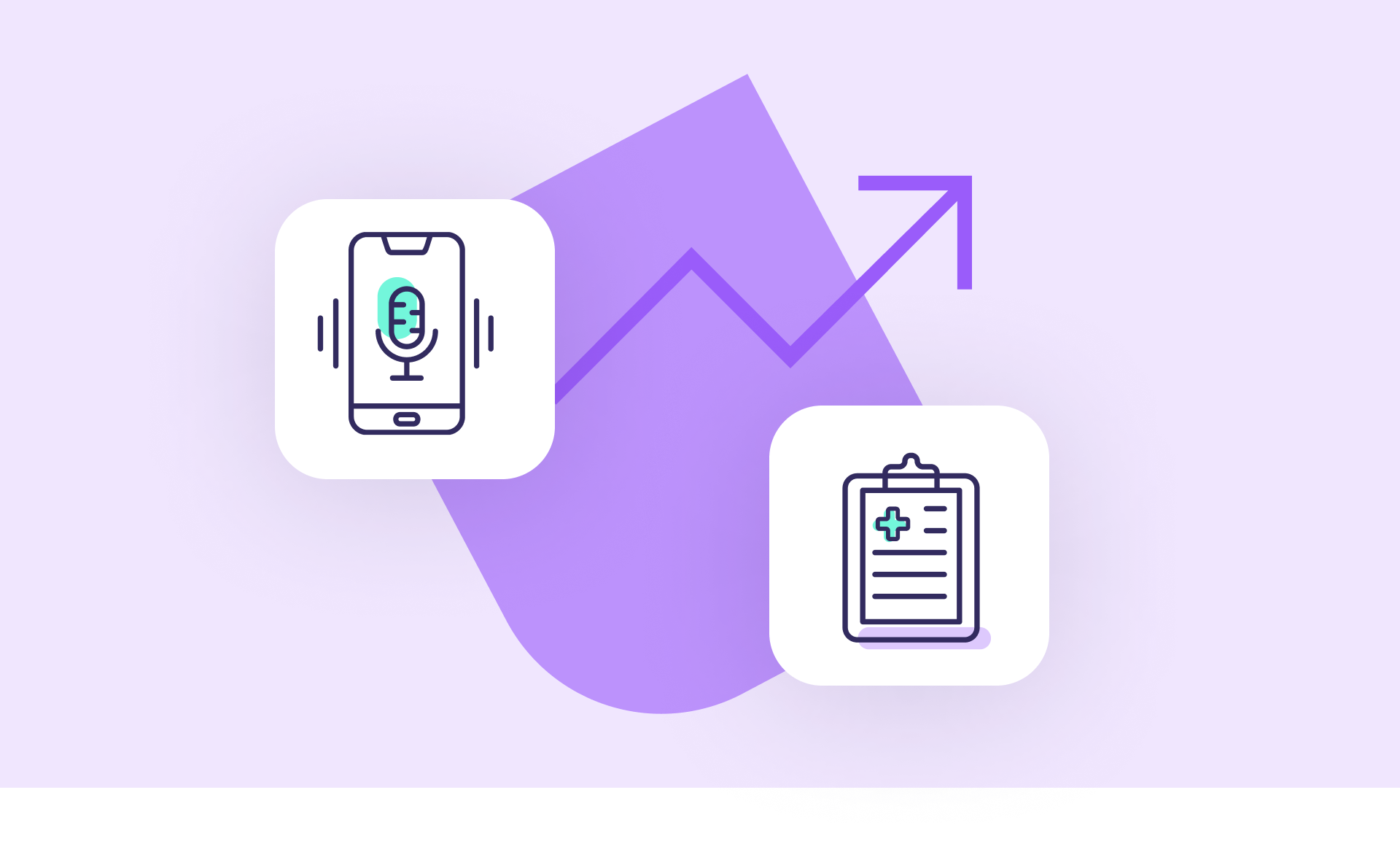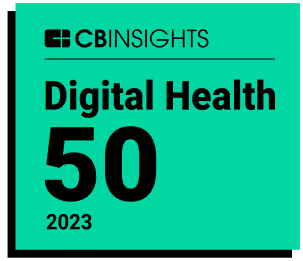On July 16, 2025, the Centers for Medicare and Medicaid Services (CMS) released a Notice of Proposed Rule Making (NPRM) for CY 2026. The proposed rule indicates that CMS wants to accelerate risk within its programs with the expectation that doing so will drive better results. However, many entities are not ready, and the current quality measures cannot differentiate between high- and low-performing practices, systems, or health plans.
I posit that the success of value-based Care (VBC) programs, including the assumption of more risk, can be accelerated with optimized artificial intelligence (AI) to support clinical workflows and quality gap closures. I first explore VBC programs and downside risk and then present two reasons why VBC programs are not achieving the desired results. I then make the case that, absent appropriate use of AI, the push for more downside risk under VBC programs, coupled with the transition to digital quality measures (dQMs) and the elimination of the hybrid method of calculating performance, could overwhelm health care professionals already overtasked and suffering from burnout.
VBC Programs And Downside Risk
CMS intends to push additional downside risk in VBC models and proposes to “limit the amount of time an ACO [Accountable Care Organization] may participate in the Shared Savings Program under a one-sided model and require ACOs to more rapidly progress to higher levels of risk and potential reward under a two-sided model.” This more aggressive risk model will reduce the amount of time organizations can spend in models that only have positive, or one-sided, risk, without concerns for losing money, or downside risk. This is based on CMS’s observation that most ACOs tend to enter the Shared Savings Program under a one-sided model in the initial agreement period and move to two-sided models under Level E of the Basic track or the Enhanced track. Few choose to remain in the one-sided model. CMS anticipates that practices that transition to two-sided risk will generate higher levels of average net savings compared to those that stay in one-sided risk arrangements. Recently, the Director of the Centers for Medicare and Medicaid Innovation (CMMI), Abe Sutton, authored the CMS Innovation Center Strategy to Make America Healthy Again, in which he indicates that CMMI will “Require that all alternative payment models involve downside risk and that a growing proportion of Medicare and Medicaid beneficiaries are in global downside risk arrangements” and that “providers bear some of the financial risk and that conveners cannot hold all financial risk.” This push toward higher risk is also likely driven by evaluations showing limited success of the CMMI models. As of October 2021, of the more than 50 models launched, only six demonstrated statistically significant savings. A more recent analysis of 18 CMMI models by Avalere Health (April 2025) showed mixed financial results, with a third showing substantial net savings, another third with nominal financial effects, and a third generating substantial net losses. Similarly, quality also varied substantially.
Whereas the plan for more downside risk is based on CMS’s analysis of the Shared Savings Program, more risk will be insufficient to generate the desired results for at least two reasons—both of which drive the need for optimized and ethically implemented AI.
Read the rest of this article in Health Affairs.









.png)













